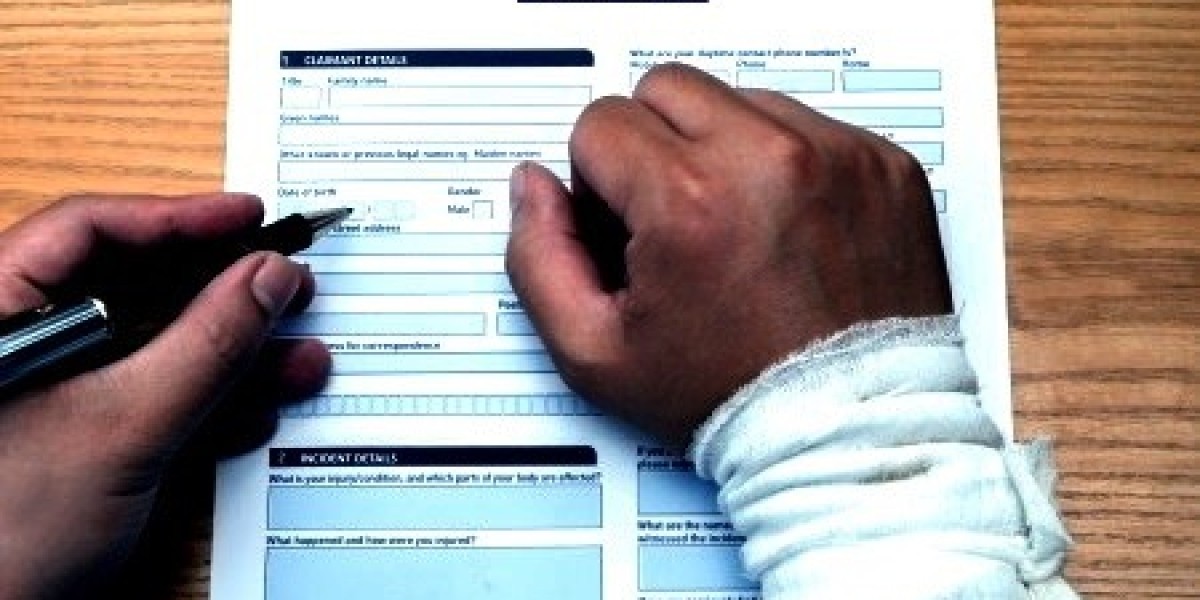When pursuing compensation for injuries sustained due to another party's negligence, a personal injury medical report plays a decisive role. It substantiates the claim with clinical credibility, providing an objective overview of the injuries and their impact. This article delves into every critical aspect of personal injury reports, empowering legal professionals, insurers, and claimants alike with the insight necessary to build and assess solid claims.
What Is a Personal Injury Medical Report?
A personal injury medical report is an expert clinical assessment prepared by a qualified medical professional following an injury. It outlines the cause, nature, severity, and long-term implications of the injury in question. These reports are crucial in establishing liability, estimating compensation, and serving as admissible evidence in legal proceedings.
The Core Components of a Strong Personal Injury Report
Each personal injury report must be meticulously structured to withstand scrutiny from legal representatives, insurers, and opposing medical experts.
1. Injury Description and Clinical Diagnosis
The report begins with a clear, factual description of the sustained injuries, including:
- Type (e.g., fracture, sprain, laceration)
- Location on the body
- Diagnostic imaging results (X-rays, MRIs, etc.)
- Initial prognosis and any complications
2. Causation Statement
A crucial section linking the reported injuries directly to the incident:
“The injuries sustained are consistent with the mechanism described in the reported accident.”
The stronger and clearer the causal connection, the more persuasive the claim.
3. Medical History Review
This section differentiates pre-existing conditions from accident-related damage. A well-documented medical history ensures transparent claim evaluations and guards against allegations of exaggeration or malingering.
4. Treatment Summary and Prognosis
All treatments undertaken and the anticipated future medical needs are outlined, including:
- Physiotherapy or rehabilitation schedules
- Medication plans
- Surgical interventions
- Expected recovery duration and residual disability
5. Impact on Daily Living and Employment
A comprehensive personal injury medical report assesses how the injury affects daily activities and earning capacity. This may include:
- Inability to perform job-related duties
- Restrictions on mobility or personal care
- Psychological or emotional impacts (if applicable)
Legal Relevance of a Personal Injury Medical Report
An accurate personal injury report is indispensable during litigation or settlement negotiations. It validates the claimant’s account and quantifies damages. Courts and insurance providers heavily rely on these documents to determine:
- Liability attribution
- Compensation amount
- Requirement for ongoing care
A weak or vague report can jeopardize the entire claim.
Best Practices for Commissioning a Personal Injury Report
To ensure an unbiased and robust evaluation, adhere to the following:
- Appoint an independent, court-accredited medical expert
- Submit all relevant documentation: accident details, previous reports, hospital records
- Ensure clarity and consistency in claimant’s symptom description
- Avoid medical jargon when explaining report content to clients
Medical Expert's Ethical Responsibilities
Medical experts involved in preparing a personal injury medical report must adhere to strict legal and ethical standards:
- Impartiality: They must avoid any bias toward claimant or defendant.
- Objectivity: Conclusions should be rooted in clinical evidence, not speculation.
- Transparency: Any limitations in the findings must be openly disclosed.
The Role of Reports in Claim Valuation
Personal injury reports significantly influence how claims are calculated. The content directly affects:
- General Damages: For pain, suffering, and loss of amenity.
- Special Damages: For lost earnings, medical bills, transport, and care.
A report highlighting long-term complications or permanent disability can increase settlement value dramatically.
Common Pitfalls That Undermine Report Validity
Avoid the following errors to protect the report’s integrity:
- Incomplete injury documentation
- Overlooked psychological symptoms
- Failure to compare pre-accident baseline function
- Lack of supporting medical evidence
Why Precision and Clarity Are Crucial
Courts and insurers demand unambiguous reports. The use of precise medical terminology, chronological structure, and quantified outcomes (such as range-of-motion loss or time off work) adds weight to the report’s authority.
The Strategic Advantage for Legal Firms and Insurers
By leveraging a detailed personal injury medical report:
- Legal teams gain reliable expert testimony.
- Insurers streamline their claim review process.
- Claimants are more likely to receive fair compensation.
Final Thoughts: The Non-Negotiable Role of Personal Injury Reports
A professionally prepared personal injury report isn't merely administrative, it's the foundation of a credible, high-value claim. Legal teams, insurers, and medical experts must treat these documents as vital legal instruments.
To elevate the strength of your claims and secure accurate assessments, partner with a trusted medico-legal provider experienced in personal injury evaluations.







